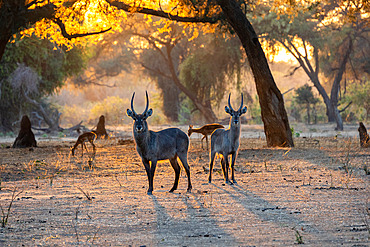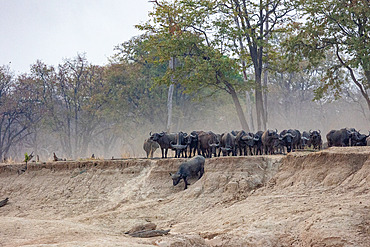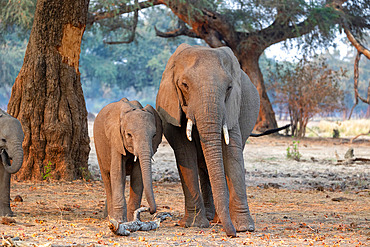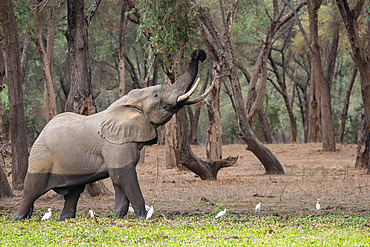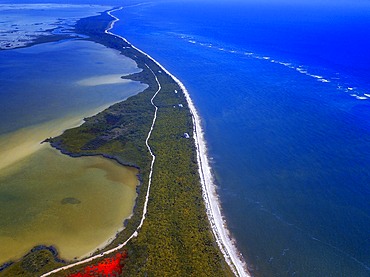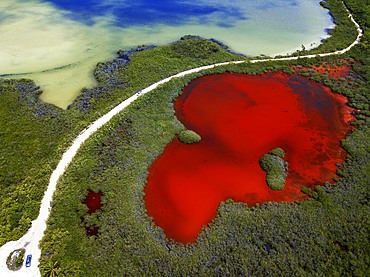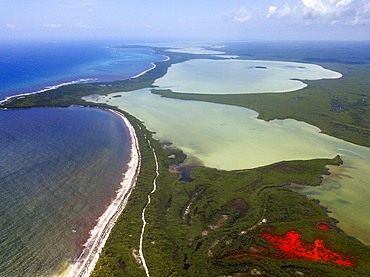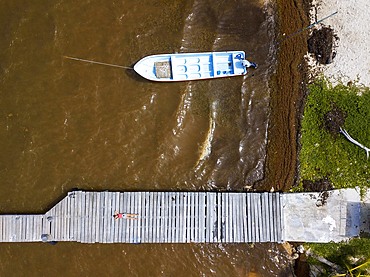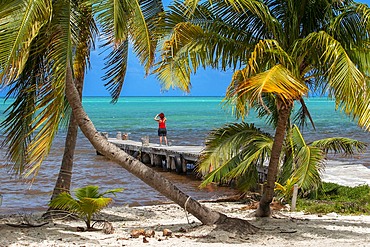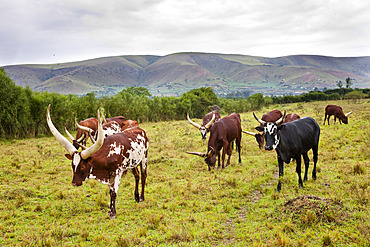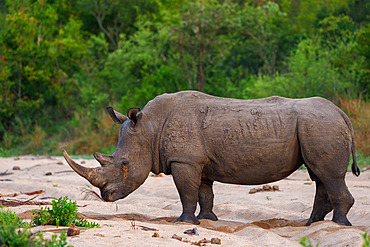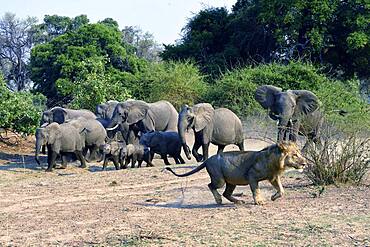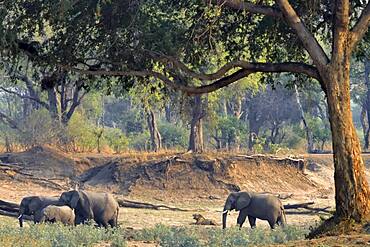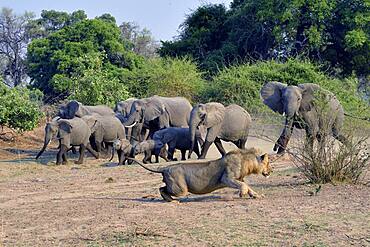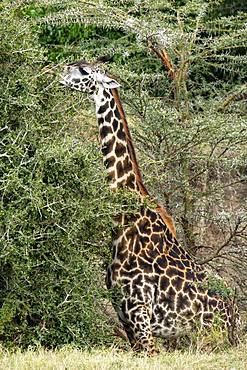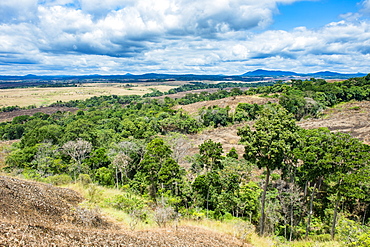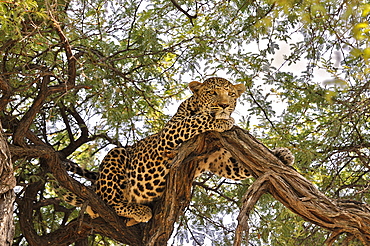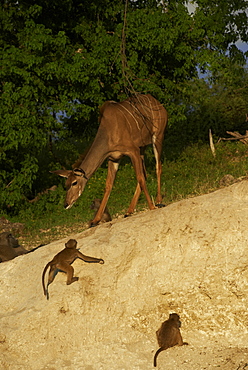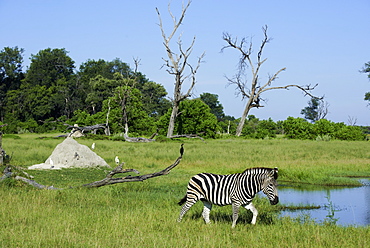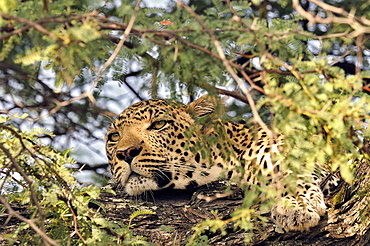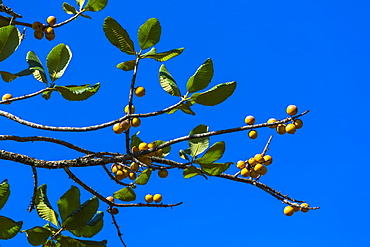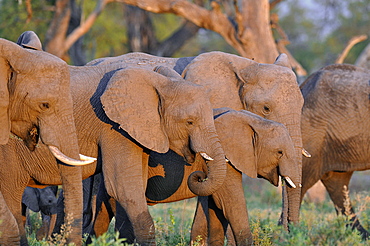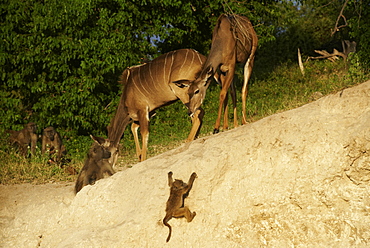Recent searches
Loading...
860-291962 - Waterbuck (Kobus ellipsiprymnus), eat fruits of Winter Thorn (Faidherbia albida), at sunrise, Lower Zambezi national Park, Zambia, Africa
860-291961 - African buffalo or Cape buffalo (Syncerus caffer), Big group, a lot of females and youngs, going to drink in the Luangwa river, South Luangwa natioinal Park, Zambia, Africa
860-291958 - Rhodesian giraffe (Giraffa camelopardalis thornicrofti), more commonly known as Thornicroft?s giraffe, endemic in Zambia, South Luangwa, eating flowers of sausage tree, South Luangwa natioinal Park, Zambia, Africa
860-291688 - African Savannah Elephant or Savannah Elephant (Loxodonta africana), Intimidation, South Luangwa natioinal Park, Zambia
860-291687 - African Savannah Elephant or Savannah Elephant (Loxodonta africana), eat fruits of Winter Thorn (Faidherbia albida), Lower Zambezi natioinal Park, Zambia
860-291682 - African Savannah Elephant or Savannah Elephant (Loxodonta africana), eat fruits of Winter Thorn (Faidherbia albida), Lower Zambezi natioinal Park, Zambia
860-291683 - African Savannah Elephant or Savannah Elephant (Loxodonta africana),crossing a river, drinking, Lower Zambezi natioinal Park, Zambia
860-291491 - Impala or rooibok (Aepyceros melampus) herd feeding under nashatu or nyala (Xanthocercis zambesiaca) trees Mashatu, Northern Tuli Game Reserve. Botswana
1350-6627 - Aerial view of Punta Allen Sian Ka'an Reserve, Yucatan Peninsula, Mexico. Red lagoon near Boca Paila Bridge.
In the language of the Mayan peoples who once inhabited this region, Sian Ka'an means Origin of the Sky. Located on the east coast of the Yucatán peninsula, this biosphere reserve contains tropical forests, mangroves and marshes, as well as a large marine section intersected by a barrier reef. It provides a habitat for a remarkably rich flora and a fauna comprising more than 300 species of birds, as well as a large number of the region's characteristic terrestrial vertebrates, which cohabit in the diverse environment formed by its complex hydrological system.
Along its roughly 120 kilometres of coastline, the property covers over 400,000 hectares of land ranging from sea level to only ten m.a.s.l. The property boasts diverse tropical forests, palm savannah, one of the most pristine wetlands in the region, lagoons, extensive mangrove stands, as well as sandy beaches and dunes. The 120,000 hectares of marine area protect a valuable part of the Mesoamerican Barrier Reef and seagrass beds in the shallow bays. The lush green of the forests and the many shades of blue of the lagoons and the Caribbean Sea under a wide sky offer fascinating visual impressions.
1350-6623 - Aerial view of Punta Allen Sian Ka'an Reserve, Yucatan Peninsula, Mexico. Red lagoon near Boca Paila Bridge.
In the language of the Mayan peoples who once inhabited this region, Sian Ka'an means Origin of the Sky. Located on the east coast of the Yucatán peninsula, this biosphere reserve contains tropical forests, mangroves and marshes, as well as a large marine section intersected by a barrier reef. It provides a habitat for a remarkably rich flora and a fauna comprising more than 300 species of birds, as well as a large number of the region's characteristic terrestrial vertebrates, which cohabit in the diverse environment formed by its complex hydrological system.
Along its roughly 120 kilometres of coastline, the property covers over 400,000 hectares of land ranging from sea level to only ten m.a.s.l. The property boasts diverse tropical forests, palm savannah, one of the most pristine wetlands in the region, lagoons, extensive mangrove stands, as well as sandy beaches and dunes. The 120,000 hectares of marine area protect a valuable part of the Mesoamerican Barrier Reef and seagrass beds in the shallow bays. The lush green of the forests and the many shades of blue of the lagoons and the Caribbean Sea under a wide sky offer fascinating visual impressions.
1350-6625 - Aerial view of Punta Allen Sian Ka'an Reserve, Yucatan Peninsula, Mexico. Red lagoon near Boca Paila Bridge.
In the language of the Mayan peoples who once inhabited this region, Sian Ka'an means Origin of the Sky. Located on the east coast of the Yucatán peninsula, this biosphere reserve contains tropical forests, mangroves and marshes, as well as a large marine section intersected by a barrier reef. It provides a habitat for a remarkably rich flora and a fauna comprising more than 300 species of birds, as well as a large number of the region's characteristic terrestrial vertebrates, which cohabit in the diverse environment formed by its complex hydrological system.
Along its roughly 120 kilometres of coastline, the property covers over 400,000 hectares of land ranging from sea level to only ten m.a.s.l. The property boasts diverse tropical forests, palm savannah, one of the most pristine wetlands in the region, lagoons, extensive mangrove stands, as well as sandy beaches and dunes. The 120,000 hectares of marine area protect a valuable part of the Mesoamerican Barrier Reef and seagrass beds in the shallow bays. The lush green of the forests and the many shades of blue of the lagoons and the Caribbean Sea under a wide sky offer fascinating visual impressions.
1350-6620 - Aerial view of Punta Allen Sian Ka'an Reserve, Yucatan Peninsula, Mexico. Red lagoon near Boca Paila Bridge.
In the language of the Mayan peoples who once inhabited this region, Sian Ka'an means Origin of the Sky. Located on the east coast of the Yucatán peninsula, this biosphere reserve contains tropical forests, mangroves and marshes, as well as a large marine section intersected by a barrier reef. It provides a habitat for a remarkably rich flora and a fauna comprising more than 300 species of birds, as well as a large number of the region's characteristic terrestrial vertebrates, which cohabit in the diverse environment formed by its complex hydrological system.
Along its roughly 120 kilometres of coastline, the property covers over 400,000 hectares of land ranging from sea level to only ten m.a.s.l. The property boasts diverse tropical forests, palm savannah, one of the most pristine wetlands in the region, lagoons, extensive mangrove stands, as well as sandy beaches and dunes. The 120,000 hectares of marine area protect a valuable part of the Mesoamerican Barrier Reef and seagrass beds in the shallow bays. The lush green of the forests and the many shades of blue of the lagoons and the Caribbean Sea under a wide sky offer fascinating visual impressions.
1350-6616 - Aerial view of Punta Allen Sian Ka'an Reserve, Yucatan Peninsula, Mexico.
In the language of the Mayan peoples who once inhabited this region, Sian Ka'an means Origin of the Sky. Located on the east coast of the Yucatán peninsula, this biosphere reserve contains tropical forests, mangroves and marshes, as well as a large marine section intersected by a barrier reef. It provides a habitat for a remarkably rich flora and a fauna comprising more than 300 species of birds, as well as a large number of the region's characteristic terrestrial vertebrates, which cohabit in the diverse environment formed by its complex hydrological system.
Along its roughly 120 kilometres of coastline, the property covers over 400,000 hectares of land ranging from sea level to only ten m.a.s.l. The property boasts diverse tropical forests, palm savannah, one of the most pristine wetlands in the region, lagoons, extensive mangrove stands, as well as sandy beaches and dunes. The 120,000 hectares of marine area protect a valuable part of the Mesoamerican Barrier Reef and seagrass beds in the shallow bays. The lush green of the forests and the many shades of blue of the lagoons and the Caribbean Sea under a wide sky offer fascinating visual impressions.
1350-6615 - Palms and old pier in Punta Allen Sian Ka'an Reserve, Yucatan Peninsula, Mexico.
In the language of the Mayan peoples who once inhabited this region, Sian Ka'an means Origin of the Sky. Located on the east coast of the Yucatán peninsula, this biosphere reserve contains tropical forests, mangroves and marshes, as well as a large marine section intersected by a barrier reef. It provides a habitat for a remarkably rich flora and a fauna comprising more than 300 species of birds, as well as a large number of the region's characteristic terrestrial vertebrates, which cohabit in the diverse environment formed by its complex hydrological system.
Along its roughly 120 kilometres of coastline, the property covers over 400,000 hectares of land ranging from sea level to only ten m.a.s.l. The property boasts diverse tropical forests, palm savannah, one of the most pristine wetlands in the region, lagoons, extensive mangrove stands, as well as sandy beaches and dunes. The 120,000 hectares of marine area protect a valuable part of the Mesoamerican Barrier Reef and seagrass beds in the shallow bays. The lush green of the forests and the many shades of blue of the lagoons and the Caribbean Sea under a wide sky offer fascinating visual impressions.
860-291074 - Two White rhinoceros (Ceratotherium simum) in Nakuru National Park. Africa. Kenya.
860-290898 - Ankole-Watusi cattle. It is an old african breed famous for its long horns often known as Cattle of Kings. In Uganda the Bahima still posess large herds of Ankole Cattle The ethnic group of the Bahima are traditional pastoralist and herdsmen like the Maasai, Masai in kenia. However they are not defiantly traditional and blend tradition with the economy of today. Afrika, East Africa, Uganda, Ankole, Mbarara
860-290582 - White rhinoceros, square-lipped rhinoceros or rhino (Ceratotherium simum) Mpumalanga. South Africa.
860-290683 - A Giraffe, Giraffa camelopardalis, with a dart in the left shoulder. Lake Nakuru National Park, Kenya, Africa.
860-288865 - African savannah elephants (Loxodonta africana africana), the lion finally releases in front of the charge of the right elephant, South Luangwa NP, Zambia
860-288855 - Landscape of South Luangwa NP with African Savannah Elephants (Loxodonta africana africana) and a lion (Panthera leo), Zambia
860-288864 - African savannah elephants (Loxodonta africana africana), the lion eventually stands up before the load of the right elephant, South Luangwa NP, Zambia
860-287665 - Masai Giraffe (Giraffa tippelskirchi), eating, Masai-Mara National Reserve, Kenya
1184-2084 - Forest track, Lope National Park, UNESCO World Heritage Site, Gabon, Africa
1184-2082 - Patches of rainforest in the savannah of the Lope National Park, UNESCO World Heritage Site, Gabon, Africa
860-285786 - Impalas in savanna, Khwai Okavango Delta Botswana
860-285785 - Great Kudu in savanna, Khwai Okavango Delta Botswana
860-285107 - Portrait of male leopard lying in a tree, Botswana
860-283614 - Bateleur at rest in forest, Chobe Botswana
860-285875 - Great Kudu female and Chacma Baboons, Botswana
860-285904 - Burchell's zebra at the watering, Botswana
860-285108 - Portrait of male leopard lying in a tree, Botswana
860-282639 - Straw-coloured fruit bat observatory, Kasanka NP Zambia
860-282640 - Fruits for Straw-coloured fruit bat, Kasanka NP Zambia
860-285102 - African Elephants in the savannah, Botswana
860-285873 - Great Kudu female and Chacma Baboons, Botswana
1178-15338 - USA, Georgia, Savannah, Oak trees with spanish moss
1178-15342 - USA, Georgia, Savannah, Oak trees with spanish moss
1178-15344 - USA, Georgia, Savannah, Oak trees with spanish moss
1178-15331 - USA, Georgia, Savannah, Oak trees with spanish moss
1178-15343 - USA, Georgia, Savannah, Oak trees with spanish moss
1178-13640 - USA, Georgia, Savannah, Oak trees with spanish moss
1178-13639 - USA, Georgia, Savannah, Oak trees with spanish moss
832-377314 - Red Rock Lakes National Wildlife Refuge, Montana, USA
832-84780 - Quiver trees (Aloe dichotoma) with storm sky, Quiver Tree Forest, Keetmamshoop, Namibia, Africa
817-410339 - Olive baboon, Papio Anubis, Olive baboons are widespread throughout equatorial Africa and are found in 25 countries. From the west coast of Africa moving eastward. In the picture there is a mother with a juvenile, the mother is eating some grass and the s. Olive baboon, Papio Anubis, Olive baboons are widespread throughout equatorial Africa and are found in 25 countries. From the west coast of Africa moving eastward. In the picture there is a mother with a juvenile, the mother is eating some grass and the small one is in its back. In Uganda, olive baboons live in open woodland bordered by savannah and in evergreen tropical forests At Queen Elizabeth National Park, situated in Uganda, near the border of Democratic Republic of Congo, the habitat is characterized by dense forest, coarse wet grass, short grass and open grassland. Olive baboons consume a wide variety of foods and they can adapt to very different kind of habitats, from desert to mountain forest because they have many different strategies and habilities to extract food and nutrients. Baboons are omnivores and consume a huge variety of vegetables, insects, birds, eggs, and vertebrates including other primates. The Olive Baboon is one of the largest baboons, with the males being larger than the females. Their body length is 60, 86 cm, their tail length is 41, 58 cm and they weigh between 22 and 37 Kg. There is some geographical variation in average size. They have an olive green/grey coat that covers their bodies and a black face. The males have large canine teeth where as the teeth of females are much smaller. They move around on all four limbs. They live in troops of males and females that consist of between 20 and 50 members. The picture was taken in Ugande, in the Queen Elizabeth National Park, near the Kazinga channel., Uganda, Africa, East-africa
817-361163 - Acacia Tortilis tree in the Serengeti National Park, Tanzania
817-316498 - African Elephant, loxodonta africana, Group in Savanah, Masai Mara park in Kenya
450-1683 - Old Mayan woman, Savannah Forest Reserve, San Rosan, Belize, Central America
You reached the end of search results
